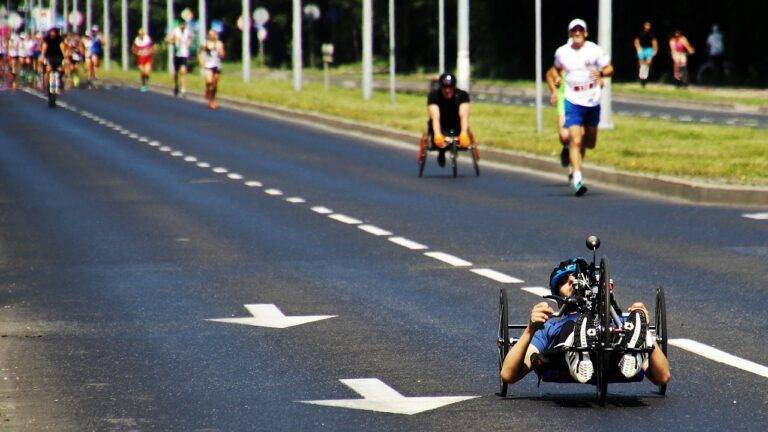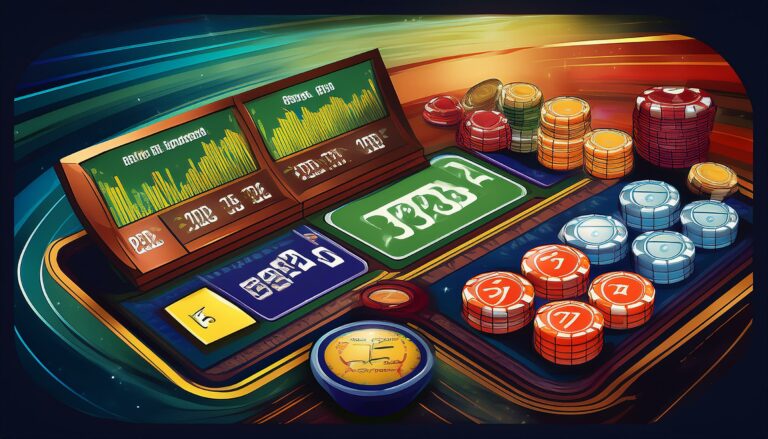Technological Innovations Enhancing Umpiring Decisions in IPL
Play99exch, Allpaanel: Umpiring in Indian Premier League matches presents a unique set of challenges for officials on the field. The fast-paced nature of the game coupled with the high stakes involved often leads to intense scrutiny on every decision made by the umpires. From close LBW calls to contentious catches, the pressure to make split-second judgments accurately is immense.
Furthermore, the presence of technology in the form of television replays and ball-tracking systems adds another layer of complexity to the umpiring process. While these tools aim to assist in making more accurate decisions, they also subject the umpires to increased scrutiny and criticism when their calls do not align perfectly with the technology. This constant monitoring can be mentally taxing for the officials, as they strive to maintain their focus and composure amidst the heightened drama of IPL matches.
Real-time Decision-making Assistance Tools
In the fast-paced world of cricket, the need for accurate and swift decision-making is paramount for umpires. Real-time decision-making assistance tools have emerged as a valuable resource to aid umpires in making complex decisions during matches. These technological tools provide instant access to various data points, replays, and simulations that can help umpires make more informed decisions on the field.
By utilizing real-time decision-making assistance tools, umpires can enhance the accuracy and efficiency of their decision-making processes. These tools serve as a valuable support system, offering umpires additional insights and perspectives that may not be immediately apparent during live matches. With the help of these tools, umpires can make more confident calls, ensuring fair play and maintaining the integrity of the game.
What are some common challenges faced by umpires in IPL matches?
Some common challenges faced by umpires in IPL matches include making quick decisions on close calls, dealing with player appeals and challenges, and maintaining consistency in their decision-making throughout the game.
How can real-time decision-making assistance tools help umpires in IPL matches?
Real-time decision-making assistance tools can help umpires in IPL matches by providing them with instant feedback and analysis on key decisions, helping them make more accurate calls and reducing the potential for human error.
What are some examples of real-time decision-making assistance tools used in cricket matches?
Some examples of real-time decision-making assistance tools used in cricket matches include Hawk-Eye technology for tracking ball trajectory and predicting outcomes, Snickometer for detecting faint edges, and Hot Spot for identifying contact between ball and bat.
Can real-time decision-making assistance tools completely eliminate the need for human umpires in cricket matches?
While real-time decision-making assistance tools can enhance the accuracy and efficiency of umpires, they are not intended to replace human judgment entirely. Umpires still play a crucial role in interpreting and applying the information provided by these tools.







